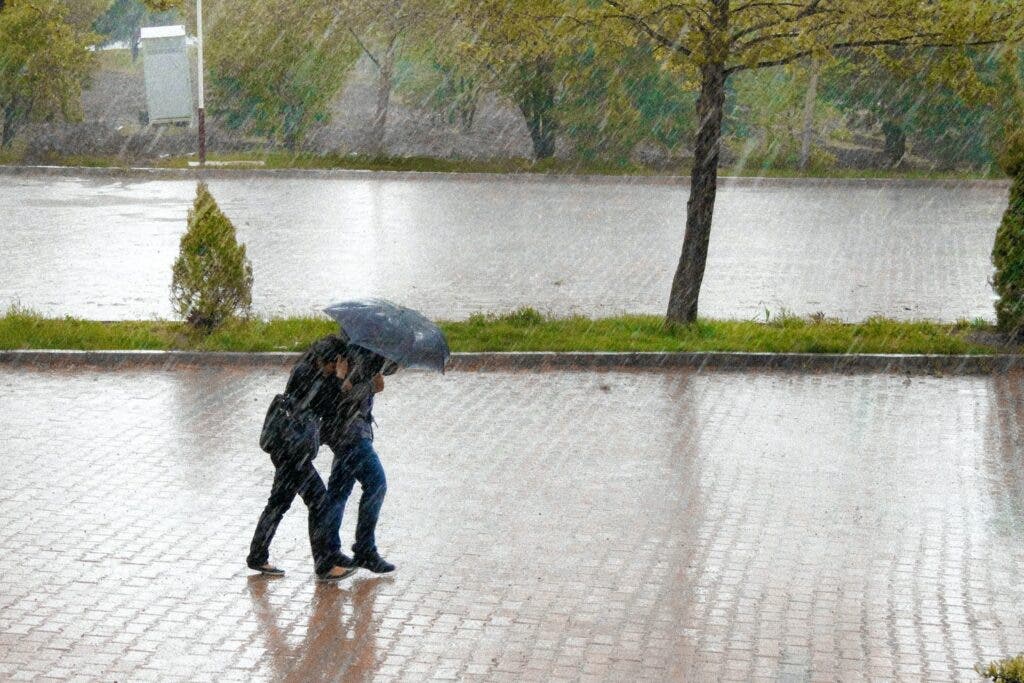We’ve been facing the pandemic for almost two years now, and we’ve learned quite a bit about it — most importantly, how to make several working, efficient vaccines. But some aspects, including the seasonal variation of the virus, remain poorly understood.
It’s not enough just to look at how viral infection changes based on the seasons because there are many other aspects at play. Things like population density, lockdown measures, or vaccination rates, also play a big role. Now, a team of researchers believes they’ve finally untangled seasonality from other parameters — and based on their findings, COVID-19 is indeed seasonal.

“The question of whether COVID-19 is a genuine seasonal disease becomes increasingly central, with implications for determining effective intervention measures,” explains Xavier Rodó, director of the Climate and Health program at ISGlobal and coordinator of the study.
To isolate the impact of weather and climate, researchers first looked at how temperature and humidity were linked to viral transmission in the early days of the pandemic, before public health policies like lockdowns were put into place. Their analysis included 162 countries spread across five continents. They then looked at what happened after the initial waves, using statistical analysis to distinguish from confounding effects.
The first epidemic waves ended as temperature and humidity rose, but we’ve also seen transmission rise during the summer. Researchers believe that this could be explained by several factors, “including mass gatherings of young people, tourism, and air conditioning, among others,” explains Alejandro Fontal, researcher at ISGlobal and first author of the study.
Overall though, results show that both temperature and humidity affect transmission. Specifically, lower temperatures and humidity are associated with higher transmission rates.
“Our results, so far, classify COVID-19 as a seasonal low-temperature infection and suggest an important contribution of the airborne pathway in the transmission of SARS-CoV-2, with implications for the control measures we discuss,” the researchers write in the study.
“Altogether, our findings support the view of COVID-19 as a true seasonal low-temperature infection, similar to influenza and to the more benign circulating coronaviruses,” says Rodó.
The findings suggest that COVID-19, which is likely to become endemic, is seasonal — and any protective measures will need to take this seasonality into consideration, much like we do for influenza.
Air hygiene
Researchers also emphasize that most of the interventions against COVID-19 (such as hand washing and social distancing) focused on short-range transmission — but we’ve learned that small aerosols can also play a role in transmitting the disease. These aerosols can travel a larger distance and are also affected differently by the weather, compared to large droplets.
Because aerosols can stay longer in the air, it’s important to focus on ‘air hygiene’, the researchers says. Basically, we need to ensure that indoor areas are properly ventilated. Throughout the pandemic, this has been perhaps the most underestimated measure, despite being shown to reduce the risk of infection. Air hygiene also means we should be careful with the air conditioning, which can be a favorable transmission medium for viruses.
“This link warrants an emphasis on ‘air hygiene’ through improved indoor ventilation as aerosols are capable to persist suspended for longer times,” says Rodó
This isn’t the first important study to come to this conclusion. Another study from July 2021 examined the impact of weather on COVID-19 transmission between 1 March 2020 and 13 March 2021 across five countries (Canada, Germany, India, Ethiopia, and Chile), finding that transmission has seasonal spikes in the winter months like influenza — but only in temperate regions. In tropical countries, cases peaked during the summer monsoons, when humidity was high. The same study did conclude that higher levels of sunlight are linked to low viral spread across all areas (and conversely, low levels are linked to higher spread).
Ultimately, seasonality is important, but it’s not the most important factor. In the long run, the existence (and administration) of vaccines is likely what’s going to define how well protected we are against the virus. However, being aware of seasonal shifts can also help alleviate the burden on medical systems, especially during the cold season, where COVID-19 transmission is more likely.
The study was published in Nature Computational Science.






